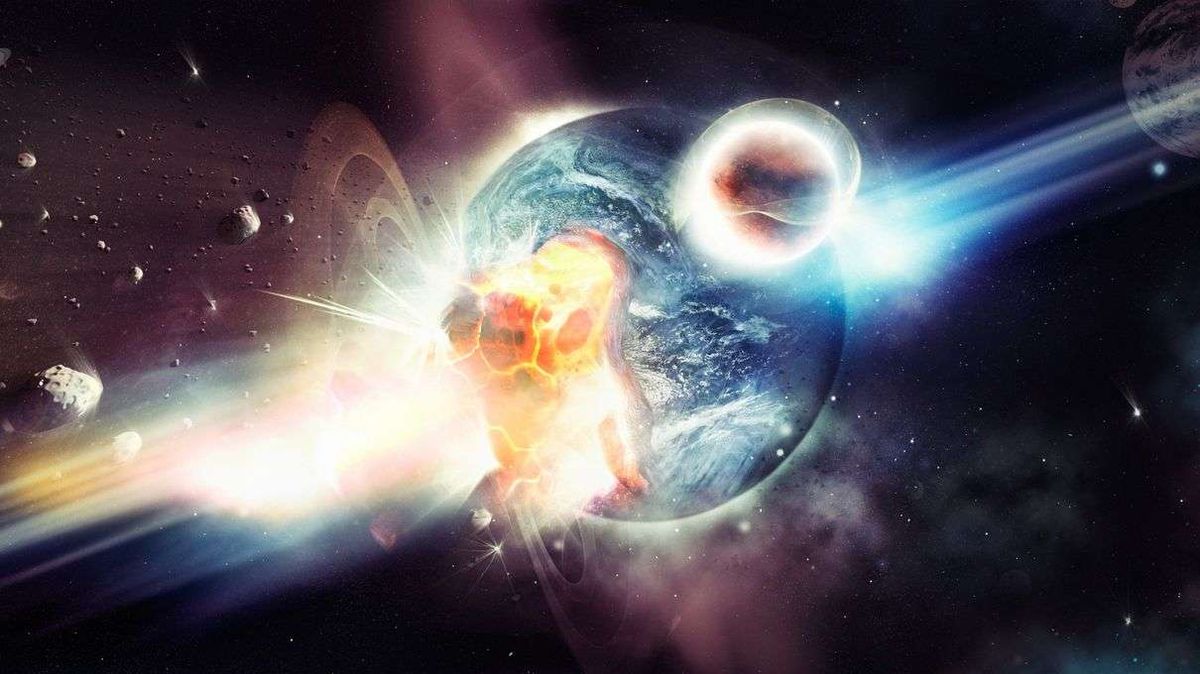At the smallest scales, particles are constantly interacting with each other. Subatomic particles, such as protons, neutrons, and electrons, are constantly colliding and emitting energy in the form of electromagnetic radiation. These interactions are essential for the formation and stability of atoms, which make up all matter in the universe.
Moving up in scale, stars are constantly burning and producing energy through nuclear fusion. This energy is then radiated out into space, providing light and heat to the surrounding area. In addition, stars are constantly producing heavy elements through nuclear reactions, which are essential for the formation of planets and life.
At the largest scales, galaxies are constantly moving and interacting with each other. As galaxies collide and merge, they can trigger the formation of new stars and even supermassive black holes. These events are some of the most violent and energetic in the universe, producing massive amounts of radiation and gravitational waves.
Throughout the universe, there are also a multitude of phenomena that occur on shorter timescales. For example, gamma-ray bursts, which are some of the most powerful explosions in the universe, last only a few seconds but release more energy than the sun will in its entire lifetime.
In conclusion, the universe is a non-stop action movie, with something happening every second. From the smallest subatomic particles to the largest structures in the universe, there is always something to marvel at. Understanding these events is crucial for understanding the nature of the universe and our place within it.

